Table of content
Cleaning sheep stomach, also commonly known as tripe, can be a daunting task for many home cooks and culinary enthusiasts. The organ, which is a popular ingredient in various cuisines around the world, particularly in dishes like menudo, tripe soup, and stews, requires meticulous preparation to ensure it is both hygienic and palatable. One of the most challenging aspects of preparing sheep stomach is removing the black membrane that lines its interior. This membrane can harbor impurities and give the cooked tripe an unpleasant texture and flavor if not properly removed. In this comprehensive guide, we will explore effective methods for cleaning sheep stomach thoroughly, with a focus on eliminating the black membrane for a pristine final product.
Understanding Sheep Stomach and the Black Membrane
Before diving into the cleaning process, it’s essential to understand the structure of sheep stomach and the nature of the black membrane. The sheep stomach is a muscular organ with multiple chambers, each serving a specific function in digestion. The black membrane, scientifically known as the mucosa, is a thin, tough layer that lines the inner surface of the stomach. It protects the stomach wall from the acidic environment necessary for breaking down food. While this membrane is a vital part of the sheep’s digestive system, it is not desirable in culinary preparations due to its tough texture and potential to harbor unwanted bacteria and debris.
Importance of Thorough Cleaning
Thorough cleaning of sheep stomach is crucial for several reasons:
- Hygiene: Removing impurities, bacteria, and debris ensures that the final dish is safe to consume.
- Texture: Eliminating the black membrane improves the texture of the cooked tripe, making it tender and enjoyable.
- Flavor: Clean tripe absorbs seasonings and cooking liquids better, resulting in a more flavorful dish.
- Presentation: A clean, well-prepared sheep stomach enhances the visual appeal of the final dish.
Preparation Before Cleaning
Before starting the cleaning process, you’ll need to gather a few essential tools and ingredients:
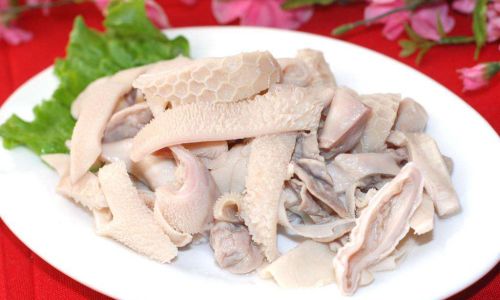
- Fresh sheep stomach
- Sharp knife
- Scissors
- Rubber gloves (for protection)
- Salt (preferably coarse)
- Vinegar or lemon juice (for deodorizing)
- Running water (preferably cold)
- Large mixing bowl or sink
- Optional: Baking soda or flour for additional scrubbing
Step-by-Step Cleaning Process
Step 1: Initial Inspection and Trimming
Begin by inspecting the sheep stomach carefully. Look for any external fat, sinew, or debris and trim them away using a sharp knife. This step helps to streamline the cleaning process and ensures a cleaner final product.
Step 2: Rinsing
Place the sheep stomach under cold running water and rinse it thoroughly on both sides. This removes any loose dirt or debris. Be sure to turn the stomach inside out to access the lining where the black membrane resides.
Step 3: Removing the Black Membrane
Removing the black membrane is the most critical step in cleaning sheep stomach. There are several methods you can use, depending on your preference and the tools available:
Method 1: Peeling by Hand
-
Soak and Soften: Place the inside-out stomach in a large bowl or sink filled with cold water. Add a handful of coarse salt and let it soak for about 30 minutes. The salt helps to soften the membrane, making it easier to peel off.
-
Peel Off the Membrane: With rubber gloves on to protect your hands, use your fingertips to gently peel away the black membrane. Start from a corner and work your way around the entire surface. This method requires patience and a gentle touch to avoid tearing the stomach wall.
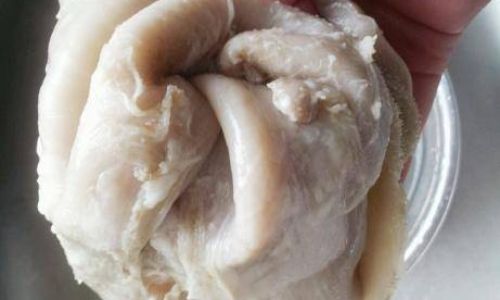
Method 2: Scraping with a Knife or Spoon
-
Soak and Soften: As with the peeling method, soak the stomach in saltwater to soften the membrane.
-
Scraping: Use the back of a spoon or a dull knife to scrape off the membrane. Apply gentle, even pressure to avoid puncturing the stomach wall. This method can be faster but requires a steady hand to maintain control.
Method 3: Using Vinegar or Lemon Juice
-
Soak in Vinegar or Lemon Juice: Instead of saltwater, soak the stomach in a solution of vinegar or lemon juice diluted with water. The acidity of these liquids helps to loosen the membrane.
-
Peel or Scrap: Follow either the peeling or scraping method described above to remove the membrane. The acidity may make the membrane more brittle, facilitating easier removal.

Step 4: Additional Scrubbing
Once the black membrane has been removed, rinse the stomach thoroughly under cold running water. You may need to repeat the soaking and scrubbing process if any membrane remnants remain. For stubborn spots, you can use a mixture of baking soda and water or flour and water to create a gentle abrasive paste. Apply the paste with a soft sponge or cloth and scrub gently.
Step 5: Final Rinse and Inspection
After all visible membrane has been removed and the stomach has been scrubbed clean, give it a final rinse under cold running water. Inspect the stomach carefully to ensure no membrane remnants or debris are left behind. The interior should now have a smooth, clean appearance.
Step 6: Preparing for Cooking
Now that your sheep stomach is thoroughly cleaned, it’s ready for cooking. Depending on your recipe, you may need to blanch the stomach in boiling water for a few minutes to further cleanse it and remove any remaining impurities. After blanching, rinse it under cold water and proceed with your chosen cooking method.
Tips for Successful Cleaning
- Work in a Well-Ventilated Area: The process of cleaning sheep stomach can produce strong odors. Working in a well-ventilated area will make the task more pleasant.
- Use Rubber Gloves: Protect your hands from the rough texture of the stomach and potential bacteria by wearing rubber gloves throughout the cleaning process.
- Be Patient: Removing the black membrane can be time-consuming and requires patience. Rushing the process may result in torn stomach wall or incomplete membrane removal.
- Inspect Thoroughly: After each cleaning step, inspect the stomach carefully to ensure no membrane remnants or debris are left behind.
Conclusion
Cleaning sheep stomach to remove the black membrane may seem like a daunting task, but with the right tools, ingredients, and techniques, it can be accomplished effectively. By following the steps outlined in this guide, you can ensure that your sheep stomach is thoroughly cleaned, resulting in a hygienic, tender, and flavorful final dish. Whether you’re preparing menudo, tripe soup, or another culinary delight, a clean sheep stomach is the foundation for a successful meal. Happy cooking!


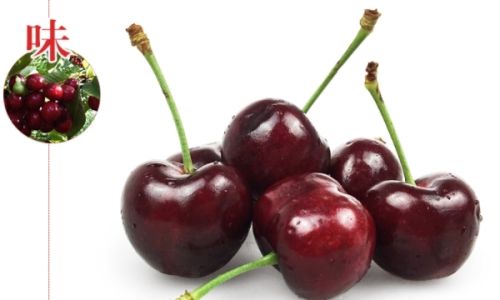
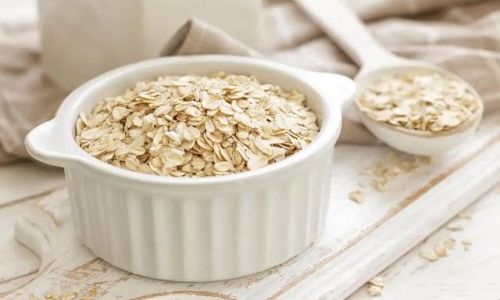
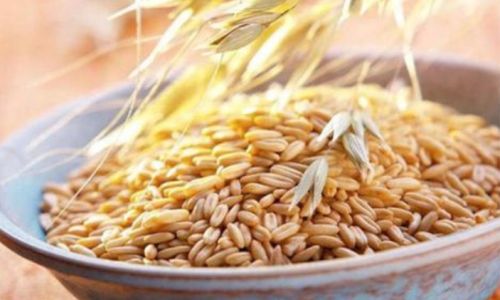
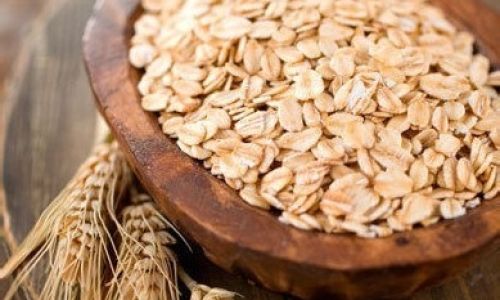
0 comments